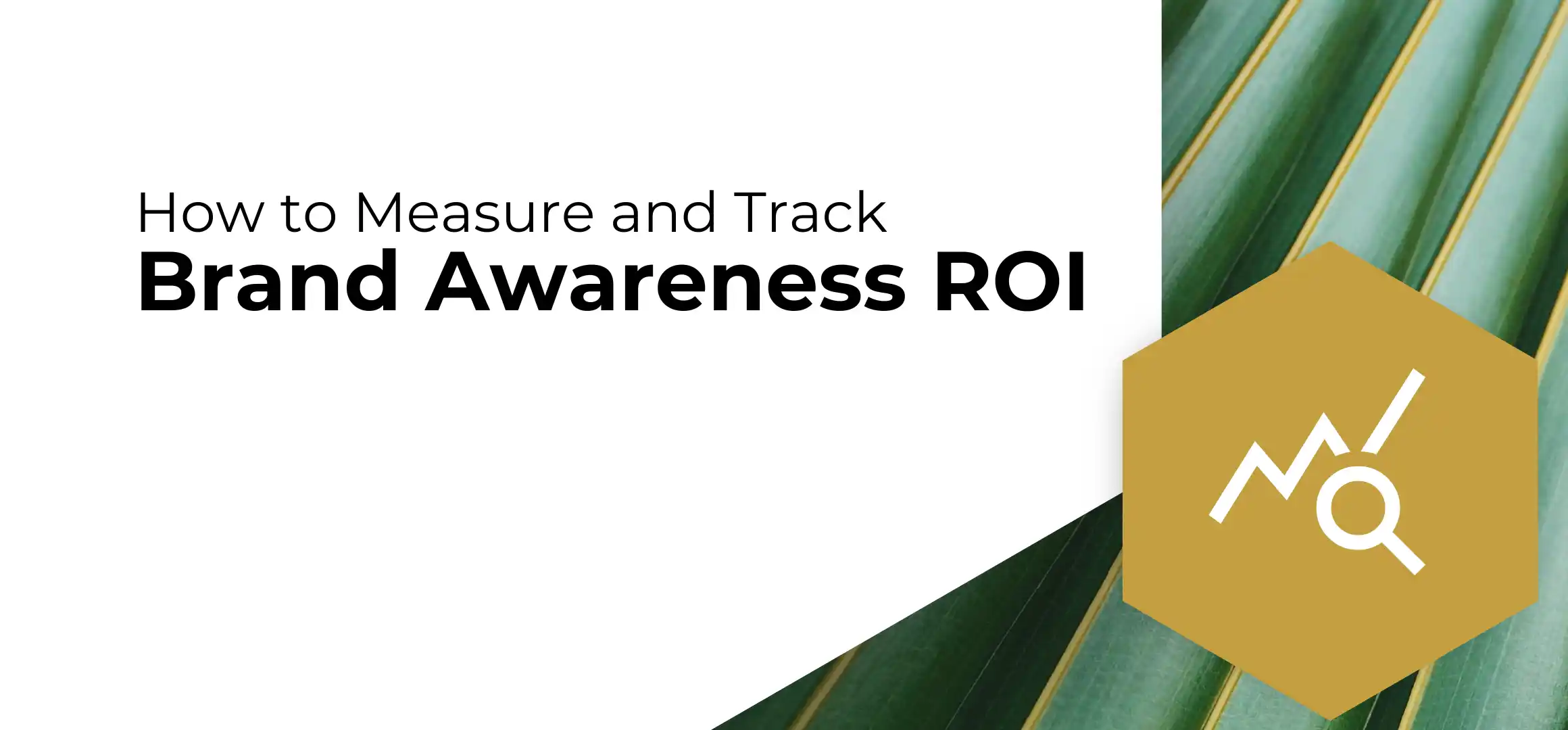Too often, we see brands planning major website changes without considering performance marketing implications until it’s too late. Whether tackling a rebrand and site redesign, new site launch, acquisition, replatforming, or domain migration, this blog series will help you consider the right components of digital marketing at the right time to maximize performance and returns from your new website.
Picture it: A brand makes a massive six- or seven-figure investment in a new website. It looks great! The kicker? They didn’t build performance marketing into the DNA of the site. SEO traffic took a big hit upon launch, conversion rate is down, CPCs on Paid Media campaigns jumped up, and unfortunately, tracking is wonky. It’s unclear how things are performing, but directionally it’s not good. Don’t let this be you!
Read on and learn what performance marketing elements to consider, and at which stage of your project timeline you need to apply them to yield maximum performance lifts from your new site.
Performance marketing timeline for website projects
Before you kick off a new website project, you need to gather business requirements, select vendors (see sidebar), and establish budgets and timelines. Commonly, we see clients apply this process only to website design and development. This is a mistake!
Key performance marketing checkpoints. Select your SEO, Analytics, and Paid Media vendor(s) or in-house resources at the same time you select your website vendor. Make sure you have a full understanding of costs up-front so you don’t have to clamor for budget later. Start all work streams together so everyone can collaborate at the right times—you’ll want to select vendors who will work seamlessly together. Another benefit of selecting all vendors at once: You can compare scopes of work to ensure you’re not double-paying for any overlap in services.
Tips for selecting the right vendors and partners
Review SOWs across all vendors to ensure you’re not double-paying for anything. Some website design and development shops provide SEO and/or Analytics; others may only provide a basic, templatized SEO approach.
Ensure your vendors all “play nicely” together so you can avoid having to be the middleman.
Find a vendor or vendors that can be involved in the initial strategy discovery session, and where there is a level of comfort for folks to collaborate directly with one another.
The Discovery phase
The Discovery phase is about getting all stakeholders on the same page regarding what the site goals are, and how they align with overall business goals. This is when you document your plan for a successful website.
Key performance marketing checkpoints. The Discovery phase is also when you bring in SEO, Analytics, and Paid Media to meet your web team to start getting them all working together as a unit. The web team leads the project plan and timeline; however, it’s important for SEO, Analytics, and Paid Media to provide inputs at this stage on what they need to do and when, so it’s baked into the project timeline from the start.
The Strategy phase
At this phase, discussions should be centered around user experience (UX) and how to best accomplish a pleasant UX, including menus and navigation. The team should be discussing how to make the whole process of visiting your site end-to-end as seamless and as enjoyable as possible, exploring factors such as harmonizing branding, “look and feel,” usability, and functionality.
Key performance marketing checkpoints. This is when Paid Media would provide input on how they would improve site performance and build it into the requirements. Meanwhile, SEO should start tracking keyword benchmarks, provide keyword strategy, content recommendations, and development guidelines, in addition to helping drive IA (information architecture) decisions. Analytics should be involved in technology decisions to ensure systems can talk to each other and generate the right data for measurement and reporting.
The Design phase
In the Design phase, you start seeing something tangible. This is when design of the actual web pages take form—but there’s not yet any functionality behind the buttons or navigation.
Key performance marketing checkpoints. At this stage, SEO should be reviewing IA or wireframes. Analytics will be busy providing a measurement plan, tagging structure, and development guidelines; plus stage as much as possible within the analytics/tag manager instance and get stakeholder buy-in on mock-up reporting.
The Development phase
Now that you’ve reached the Development phase—the bulk of the time needed for your project timeline—all of the back-end coding magic needed to make things like menus and links work happens. This is where the UX your team huddled on all those hours comes to life.
Key performance marketing checkpoints. Meanwhile, Paid Media should be staging the restructured campaign to align to new site IA—or for smaller changes, prepare updated messaging and URL mapping. At the end of this phase, SEO will be jumping into the site staging environment to QA for technical, keyword, and content. Analytics will conduct a QA of technical requests and submit test conversions. Also toward the end of this phase, Paid Media will have final updated campaign changes uploaded in ad networks in “paused” and ready to switch over once the site goes live.
The Deployment phase
Not nearly as simple as hitting a “go” button, but the Deployment phase is when your site goes live and the real fun can begin! It’s all hands on deck now.
Key performance marketing checkpoints. SEO will be handling site launch monitoring and QA to ensure redirects are functioning properly, requesting backlinks to be updated to new URLs, and providing content recommendations to continually drive improved SEO performance. At launch, Analytics is monitoring, QAing, troubleshooting and testing conversions, and will be providing the first live report. While this is going on, Paid Media will launch updated or restructured campaigns, pause old ones if applicable, and monitor closely.
We’ll describe channel-by-channel what needs to take place across each phase of your website project—first covering SEO; then Analytics; and finally Paid Media, including SEM and Paid Social. Stay tuned!
A big thank you to Project Manager Ian Muller of our sister collective, East Coast Catalyst for the excellent SME input for this post. ECC provides website design and development, UX, and creative/brand services.


